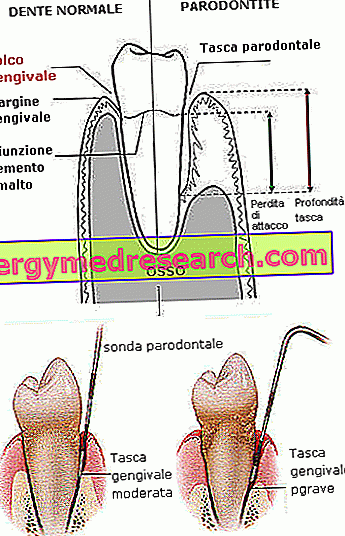
Percutaneous endoscopic gastrostomy ( PEG ) is the surgical procedure by which an opening is created on the stomach and subsequently on the abdomen, in order to insert a tube (or tube ) for artificial nutrition .
In fact, the tube is made in such a way that it can be connected to pockets containing the basic foods that a human being needs.
Made under local anesthesia and without the use of large incisions on the belly, the PEG can be performed by doctors specialized in various disciplines, including general surgery, gastroenterology, otorhinolaryngology or radiology.
ORIGIN OF THE NAME
The term gastrostomy derives from the union of two words: "gastro", which derives from the Greek "gaster" and means stomach, and "stoma", which derives from the Greek "stoma" and means mouth / opening (which is where it emerges the tube for artificial nutrition).
Endoscopic refers to the fact that, during the procedure, an endoscope is used; this particular instrument, equipped with a camera and a light source, is inserted into the stomach starting from the mouth and serves to identify the exact point for inserting the tube.
Percutaneous means "that happens through the skin". In the specific case, it refers to the perforation of the abdomen and stomach, through which the tube is let out for artificial nutrition.
PEG AND ADMINISTRATION OF NUTRIENTS: ENTERAL NUTRITION
PEG is a mode of enteral nutrition . The latter is any form of artificial nutrition performed by a tube that reaches a section of the digestive system. The insertion of the tube can take place directly, as for example in the case of a PEG or a jejunostomy, or starting from the nose, as for example in the case of a nasogastric or nose-jejunal tube .


